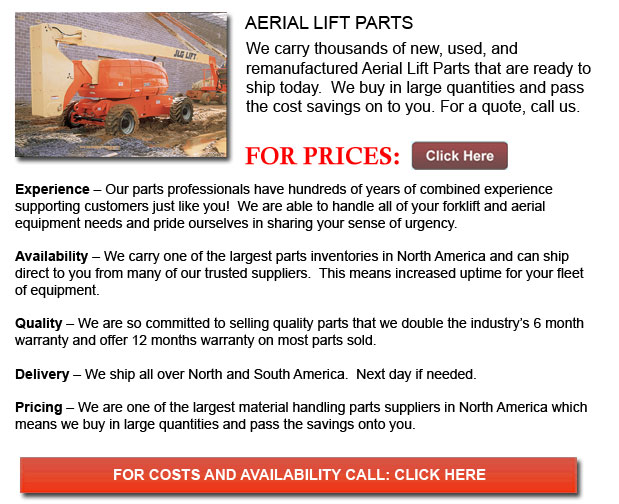
Aerial Lift Parts - Aerial platform lifts are able to accommodate various duties involving high and tough reaching spaces. Normally utilized to complete regular maintenance in buildings with elevated ceilings, prune tree branches, elevate heavy shelving units or mend phone lines. A ladder could also be used for many of the aforementioned jobs, although aerial lifts provide more security and stability when correctly used.
There are many versions of aerial hoists available on the market depending on what the task required involves. Painters sometimes use scissor aerial jacks for example, which are classified as mobile scaffolding, effective in painting trim and reaching the 2nd story and higher on buildings. The scissor aerial hoists use criss-cross braces to stretch and enlarge upwards. There is a table attached to the top of the braces that rises simultaneously as the criss-cross braces raise.
Bucket trucks and cherry pickers are another variety of aerial hoist. They possess a bucket platform on top of a long arm. As this arm unfolds, the attached platform rises. Forklifts use a pronged arm that rises upwards as the handle is moved. Boom hoists have a hydraulic arm that extends outward and elevates the platform. All of these aerial platform lifts call for special training to operate.
Training programs offered through Occupational Safety & Health Association, acknowledged also as OSHA, embrace safety procedures, system operation, repair and inspection and device load capacities. Successful completion of these training courses earns a special certified certificate. Only properly licensed people who have OSHA operating licenses should operate aerial lifts. The Occupational Safety & Health Organization has established guidelines to uphold safety and prevent injury when using aerial hoists. Common sense rules such as not using this piece of equipment to give rides and ensuring all tires on aerial lifts are braced in order to prevent machine tipping are referred to within the guidelines.
Regrettably, figures show that more than 20 operators pass away each year while operating aerial lift trucks and 8% of those are commercial painters. The majority of these accidents are due to inappropriate tire bracing and the lift falling over; for that reason some of these deaths had been preventable. Operators should make sure that all wheels are locked and braces as a critical security precaution to stop the instrument from toppling over.
Other guidelines include marking the surrounding area of the machine in an observable way to protect passers-by and to guarantee they do not approach too close to the operating machine. It is imperative to ensure that there are also 10 feet of clearance among any utility cables and the aerial hoist. Operators of this apparatus are also highly recommended to always have on the appropriate security harness when up in the air.
![]() Click to Download the pdf
Click to Download the pdf
Forklift Parts
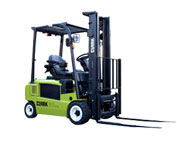
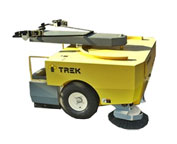
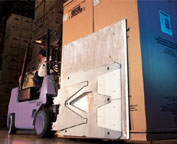
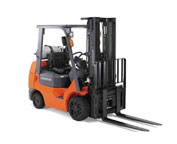
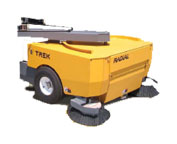
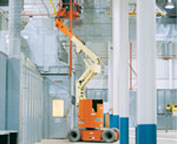
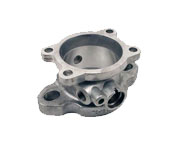
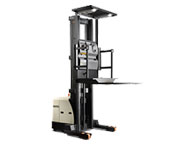
Lift Parts Express
TOLL FREE: 1-888-695-7994
Calgary, Alberta
forkliftpartscalgary.ca
Email Us
About Us


